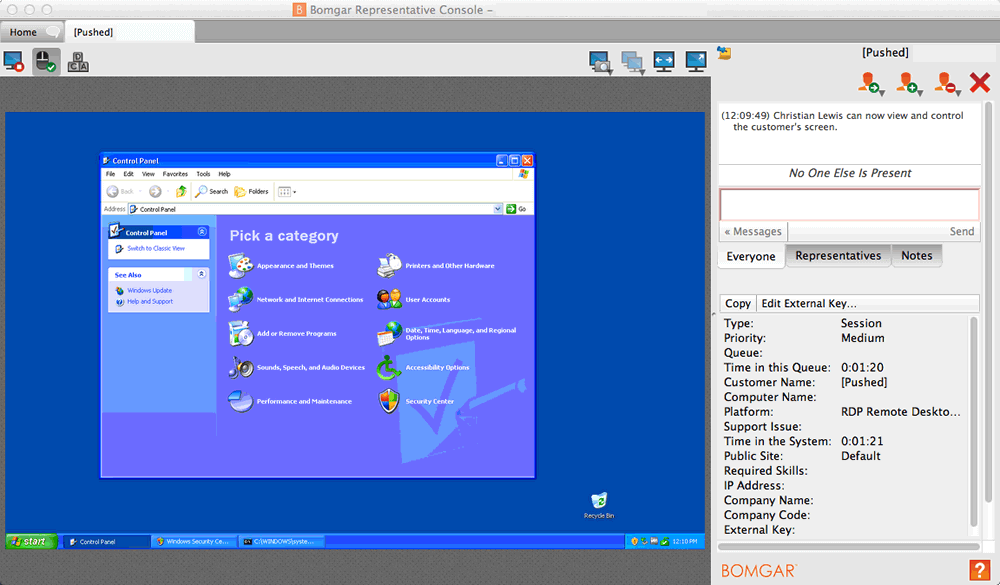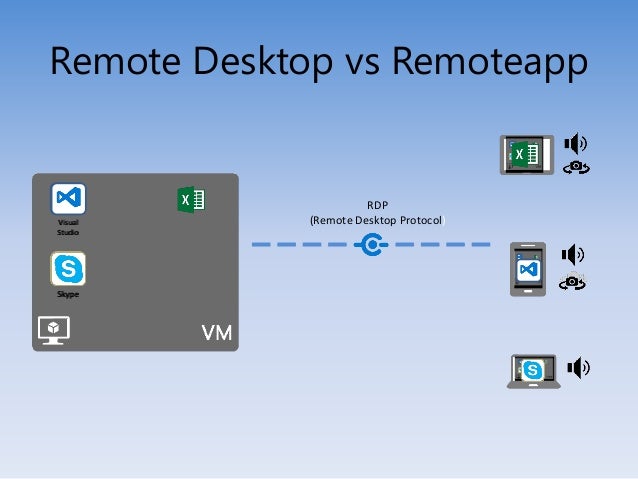The Windows Remote Desktop Connection tool gives users the ability to connect to a remote Windows PC or server over the internet or on a local network, giving them full access to the tools and software installed on it. This is made possible by Microsoft’s own Remote Desktop Protocol (or RDP for short). I had a similar conversation about Microsoft Terminal Services, which uses the RDP (Remote Desktop Protocol). At the time, in the default configuration, an attacker could perform MiTM attacks to obtain the username and password, in addition to logging the keystrokes sent to the systems being managed.
-->This article describes the Remote Desktop Protocol (RDP) that's used for communication between the Terminal Server and the Terminal Server Client. RDP is encapsulated and encrypted within TCP.
Original product version: Windows Server 2012 R2
Original KB number: 186607
Summary
RDP is based on, and is an extension of, the T-120 family of protocol standards. A multichannel capable protocol allows for separate virtual channels for carrying the following information:
- presentation data
- serial device communication
- licensing information
- highly encrypted data, such as keyboard, mouse activity
RDP is an extension of the core T.Share protocol. Several other capabilities are retained as part of the RDP, such as the architectural features necessary to support multipoint (multiparty sessions). Multipoint data delivery allows data from an application to be delivered in real time to multiple parties, such as Virtual Whiteboards. It doesn't require to send the same data to each session individually.
In this first release of Windows Terminal Server, we're concentrating on providing reliable and fast point-to-point (single-session) communications. Only one data channel is used in the initial release of Terminal Server 4.0. However, the flexibility of RDP gives plenty of room for functionality in future products.

One reason that Microsoft decided to implement RDP for connectivity purposes within Windows NT Terminal Server is that it provides an extensible base to build many more capabilities. RDP provides 64,000 separate channels for data transmission. However, current transmission activities are only using a single channel (for keyboard, mouse, and presentation data).
RDP is designed to support many different types of Network topologies, such as ISDN, POTS. RDP is also designed to support many LAN protocols, such as IPX, NetBIOS, TCP/IP. The current version of RDP will only run over TCP/IP. With customer feedback, other protocol support may be added in future versions.

Microsoft Rdp Protocol Download
The activity involved in sending and receiving data through the RDP stack is essentially the same as the seven-layer OSI model standards for common LAN networking today. Data from an application or service to be transmitted is passed down through the protocol stacks. It's sectioned, directed to a channel (through MCS), encrypted, wrapped, framed, packaged onto the network protocol, and finally addressed and sent over the wire to the client. The returned data works the same way only in reverse. The packet is stripped of its address, then unwrapped, decrypted, and so on. Finally the data is presented to the application for use. Key portions of the protocol stack modifications occur between the fourth and seventh layers, where the data is:
- encrypted
- wrapped
- framed
- directed to a channel
- prioritized
One of the key points for application developers is that, in using RDP, Microsoft has abstracted away the complexities of dealing with the protocol stack. It allows them to write clean, well-designed, well-behaved 32-bit applications. Then the RDP stack implemented by the Terminal Server and its client connections takes care of the rest.
For more information about how applications interact on the Terminal Server, and what to know when developing applications for a Windows Terminal Server infrastructure, see the following white paper:
Optimizing Applications for Windows NT Server 4.0, Terminal Server Edition

Four components worth discussing within the RDP stack instance are:
- the Multipoint Communication Service (MCSMUX)
- the Generic Conference Control (GCC)
- Wdtshare.sys
- Tdtcp.sys
MCSmux and GCC are part of the International Telecommunication Union (ITU) T.120 family. The MCS is made up of two standards:
- T.122: It defines the multipoint services
- T.125: It specifies the data transmission protocol
What Is Windows Rdp
MCSMux controls:
- channel assignment by multiplexing data onto predefined virtual channels within the protocol
- priority levels
- segmentation of data being sent
It essentially abstracts the multiple RDP stacks into a single entity, from the perspective of the GCC. GCC is responsible for management of those multiple channels. The GCC allows the creation and deletion of session connections and controls resources provided by MCS. Each Terminal Server protocol (currently, only RDP and Citrix's ICA are supported) will have a protocol stack instance loaded (a listener stack awaiting a connection request). The Terminal Server device driver coordinates and manages the RDP protocol activity. It's made up of smaller components:
- an RDP driver (Wdtshare.sys) for UI transfer, compression, encryption, framing, and so on.
- a transport driver (Tdtcp.sys) to package the protocol onto the underlying network protocol, TCP/IP.
Microsoft Remote Desktop Protocol
RDP was developed to be entirely independent of its underlying transport stack, in this case TCP/IP. It means that we can add other transport drivers for other network protocols as customers needs for them grow, with little or no significant changes to the foundational parts of the protocol. They're key elements to the performance and extendibility of RDP on the network.
